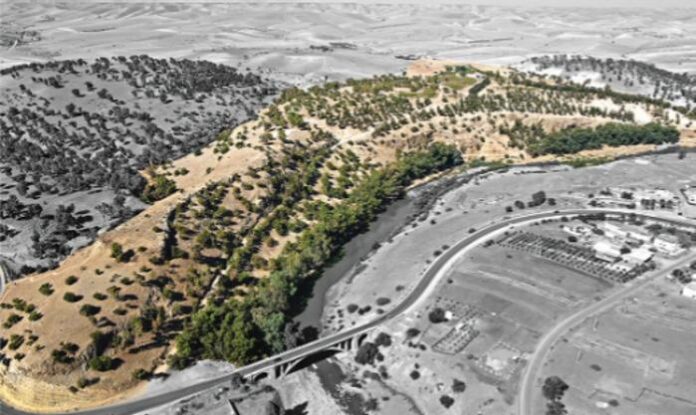Archeologists have discovered what may be a missing link between agriculture that grew ancient civilizations in Egypt and Mesopotamia and more recent ones in the Mediterranean. Excavations in a northwestern African area known as the Maghreb reveal farming practices similar to those that sprouted civilizations on the Nile River and the Tigris and Euphrates. They also show evidence of trade that tracks how human developments expanded northward, according to a report in Antiquity.
Spreading Civilization
For over 30 years, Cyprian Broodbank, a Cambridge University archeologist, suspected that the Maghreb played a role in spreading civilization west of Egypt into southern Europe. Excavations at Oued Beht, Morocco, confirmed that hunch — revealing a previously unknown farming society dating from 3400 to 2900 B.C.E.
Broodbank’s team discovered plant and animal remains, pottery, and stone tools, all dating to the Final Neolithic period. Their excavation also revealed evidence of deep storage pits. The site is the earliest and largest agricultural complex yet found in Africa beyond the Nile.
“The kind of farming we see at Oued Beht seems to be broadly similar to that which spread all around the northern side of the Mediterranean, and most of its islands, during the Neolithic, with ultimate roots in domestication processes along the Levantine, eastern shore of the Mediterranean,” says Broodbank. “It shared many crops and animals with those of the so-called ‘alluvial civilizations’ of Mesopotamia and Egypt, but would rely more on rainfed fields and perhaps also small-scale irrigation.”
Crossing Over
The relatively short distance between North Africa and southern Spain would have made it relatively easy for farming practices — and the civilizations that they seed — to cross over. Sites on the Spanish side of the Straits of Gibraltar have long yielded finds of ivory and ostrich eggs that suggested a connection to Africa.
But archeologists — until now — have not connected those sites to Egypt via Africa. “All sides of the Mediterranean share a fundamentally similar environment and potential, so compared to Greece, Italy, or Spain, for example, the tiny number of archaeological dots along the southern shore west of Egypt simply did not look right,” says Broodbank. “For many years, too, finds of imported ivory and ostrich egg in southern Spain and Portugal dating from more than 5000 years ago have equally pointed to trading links with unknown North African societies.”
Broodbank hopes his team’s work in the Maghreb will inspire archeologists to reconsider what he calls an overlooked area. Greece and Rome have received plenty of attention on the European side and as has Egypt and Mesopotamia on the African side.” We hope that our discoveries will lead to the dynamics in the early Maghreb and other parts of Mediterranean Africa being much more actively researched, appreciated, and integrated into our overall understanding,” Broodbank says.
Source : Discovermagazine







